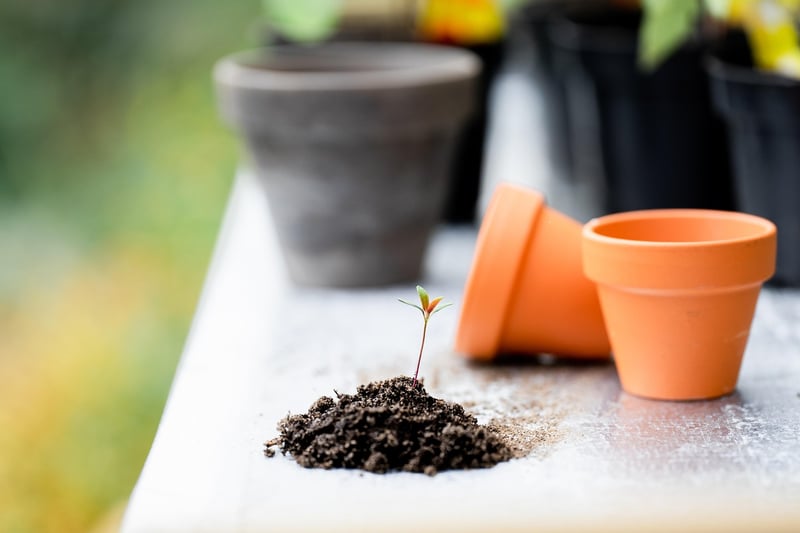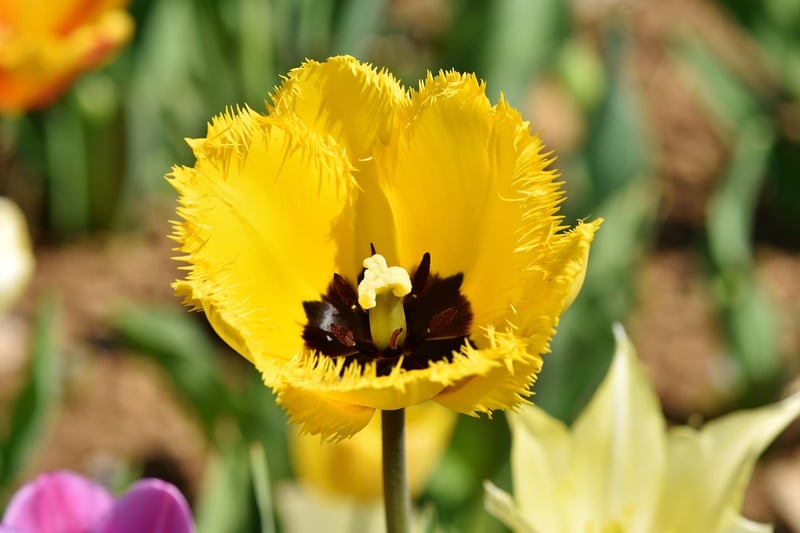Fertilization Methods
Keeping Your Garden Healthy: Fertilization Methods
Welcome to our guide on maintaining a healthy garden through effective fertilization methods. A well-fertilized garden not only promotes plant growth but also enhances the overall beauty of your outdoor space. Let's explore some key techniques to ensure your garden thrives all year round.
1. Understanding Fertilization
Fertilization is the process of replenishing essential nutrients in the soil that plants need to grow. These nutrients include nitrogen, phosphorus, and potassium, among others. By providing the right balance of nutrients, you can promote healthy root development, vibrant blooms, and robust foliage.
2. Types of Fertilizers
There are two main types of fertilizers: organic and synthetic. Organic fertilizers are derived from natural sources such as compost, manure, and bone meal. They improve soil structure and microbial activity. Synthetic fertilizers, on the other hand, are manufactured and provide a quick nutrient boost to plants.
2.1 Organic Fertilizers
Organic fertilizers release nutrients slowly, providing long-term benefits to your plants. They are environmentally friendly and improve soil health over time. Examples of organic fertilizers include fish emulsion, seaweed, and compost.
2.2 Synthetic Fertilizers
Synthetic fertilizers are fast-acting and quickly deliver nutrients to plants. They are convenient to use and are available in various formulations tailored to specific plant needs. However, excessive use of synthetic fertilizers can harm beneficial soil organisms and lead to nutrient imbalances.
3. Fertilization Methods
When it comes to applying fertilizers, there are several methods you can choose from:
- Top-Dressing: Sprinkling fertilizer on the soil surface around plants.
- Side-Dressing: Placing fertilizer to the side of plant rows or individual plants.
- Foliar Feeding: Applying liquid fertilizer directly to plant leaves for quick absorption.
- Soil Drenching: Watering plants with a diluted fertilizer solution to reach the root zone.
4. Best Practices
Here are some best practices to keep in mind when fertilizing your garden:
- Follow the recommended dosage to avoid over-fertilization.
- Water your plants after fertilizing to help nutrients penetrate the soil.
- Regularly test your soil to determine its nutrient content and adjust fertilization accordingly.
- Rotate between different types of fertilizers to provide a diverse range of nutrients to your plants.
By following these tips and techniques, you can ensure that your garden remains healthy, vibrant, and full of life throughout the seasons. Happy gardening!



